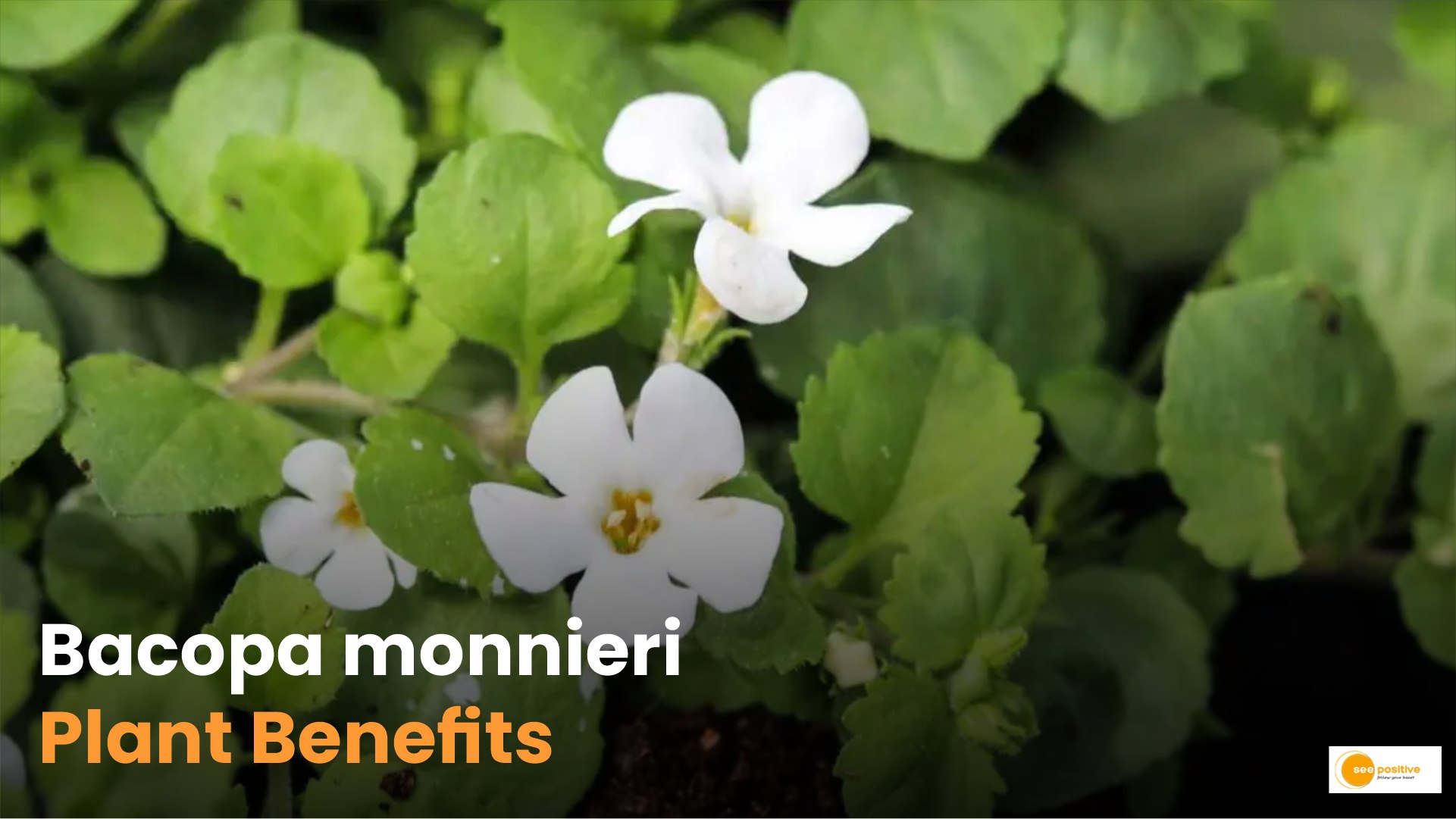Camphor, a key component in religious rituals like pujas and havans, has held cultural significance for centuries. Its ability to ignite instantly with a matchstick and release a soothing fragrance adds a mystical quality to spiritual practices. But have you ever wondered how camphor is made, what plant it comes from, and why it’s so highly flammable? Let’s dive into the fascinating world of camphor.
How is Camphor Made?
Camphor is available in two varieties: natural and synthetic. Natural camphor comes from the Camphor Tree, scientifically known as Cinnamomum camphora. This tree can grow up to 50-60 feet tall, with broad, round leaves. Camphor is extracted from the bark of this tree. When the bark begins to dry and turn gray, it is harvested, heated, refined, and processed into the familiar form of camphor blocks or powder used in rituals.
The Historical Journey of the Camphor Tree
The Camphor Tree is native to East Asia, particularly China and Japan. Historical records show that the Chinese Tang Dynasty (618-907 AD) used camphor for various purposes, including in medicine and even making ice cream. In the 9th century, the process of distilling camphor was developed, leading to its global spread.
By the 18th century, Taiwan (then called Formosa) became the world’s largest producer of camphor under the Qing Dynasty. The extraction of camphor was so controlled that illegal harvesting often led to severe punishments, including executions. Later, in 1899, Japan took control of Taiwan, continuing the camphor monopoly. It was during this period that synthetic camphor was first developed.
Camphor’s Introduction to India
In the late 19th century, India began experimenting with camphor production. In 1882-83, successful cultivation of camphor-producing trees was documented in Lucknow’s horticulture gardens. Though initial efforts were short-lived, large-scale camphor cultivation eventually became established in parts of India.
Also Known as Black Gold
The Camphor Tree is sometimes called “Black Gold” due to its immense value. Besides producing camphor for religious use, it also yields essential oils, perfumes, medicinal products, and even soaps. The tree’s bark contains six distinct chemicals, known as chemotypes, which include camphor, linalool, cineole, nerolidol, safrole, and borneol.
Why Does Camphor Ignite So Easily?
Camphor is highly flammable due to its high carbon and hydrogen content, which makes its ignition temperature extremely low. Being a volatile substance, it evaporates quickly when heated and mixes with oxygen in the air, making it ignite almost instantly. This quality, combined with its aromatic properties, makes camphor a key element in rituals worldwide.


